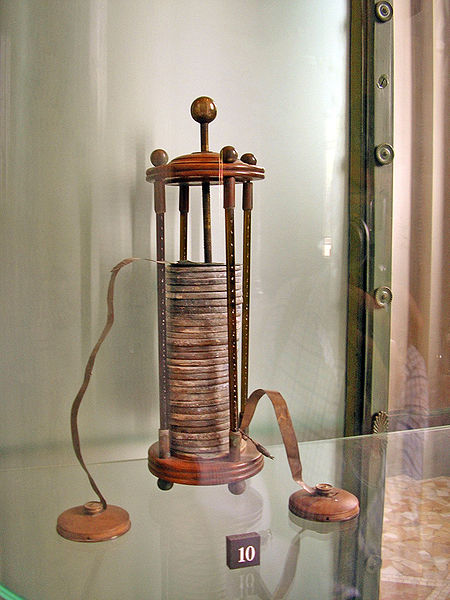First defined in ICAO publication “Doc 6100-COM/504/1” and in “ICAO Procedures for Air Navigation Services, Abbreviations and Codes (PANS-ABC)” [Doc8400-4] (4th edition 1989), the majority of the Q codes have slipped out of common use; for example today reports such as QAU (“I am about to jettison fuel”) and QAZ (“I am flying in a storm”) would be voice or computerized transmissions. But several remain part of the standard ICAO radiotelephony phraseology in aviation. These are also part of ACP131, which lists all ITU-R Q Codes, without grouping them by aeronautical/marine/general use.
For more about the “Q” codes “Click here Wikipedia“





